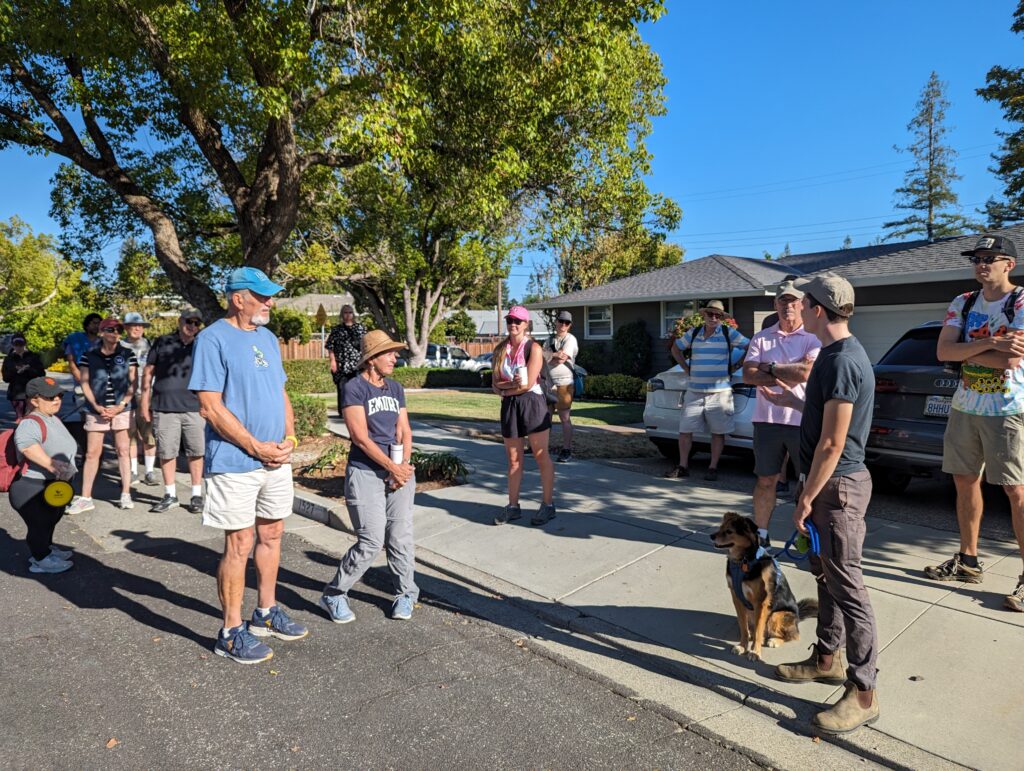
Exploring Redwood City’s Urban Forest: A Walk with Stanford Lead Arborist James Biddle
Redwood City, nestled between the picturesque Woodside and the stunning Stulsaft Park, is a place of natural beauty and vibrant communities. And what better way to experience this harmony between nature and the city than through an educational tree tour led by the renowned Stanford Lead Arborist, James Biddle? Organized by the dedicated team at CityTrees, a Redwood City-based organization committed to enhancing the quality of life through tree education, outreach, and advocacy, this educational walk unveiled the secrets and stories hidden within the city’s treescape.

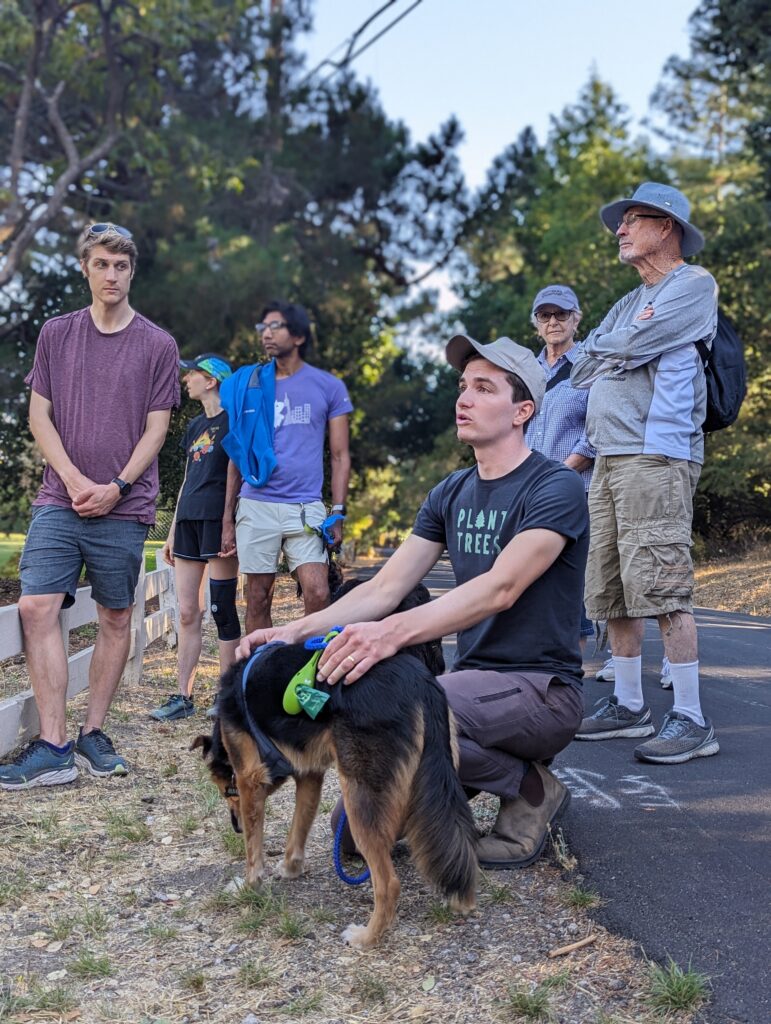
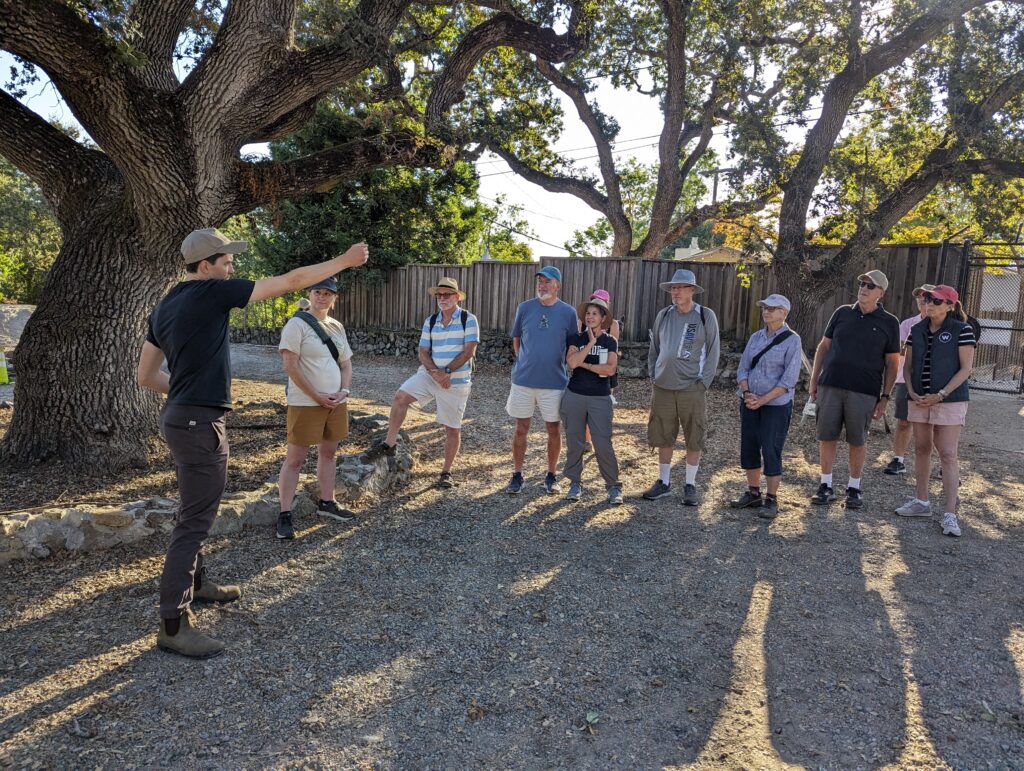
A Gem at the Border
One might wonder why this particular area was chosen for the tour. Stulsaft Park, located at the confluence of Redwood City and Woodside, is a green oasis that truly represents the diversity of the region’s flora. The development patterns here are a testament to why some trees thrive while others struggle, making it an ideal setting for an educational excursion.
James Biddle’s expertise in tree management, honed through his work at Stanford, is second to none. His role involves supervising Stanford’s tree program, making him the perfect guide for those interested in understanding the intricate relationship between urban development and the natural environment. The tour participants had the privilege of delving into the wisdom accumulated over Biddle’s extensive career.
Innovative Sidewalks and Tree Preservation
One fascinating highlight of the tour was the introduction to “squishy sidewalk flexi pave.” This innovative technology, composed of rubber and gravel, is designed to accommodate tree root growth. It can flex with the expanding roots while preserving accessibility. What’s more, these sidewalks are not irrigated; they rely on rainwater from surrounding yards. This approach not only conserves water but also nurtures the city’s trees in an eco-friendly manner.
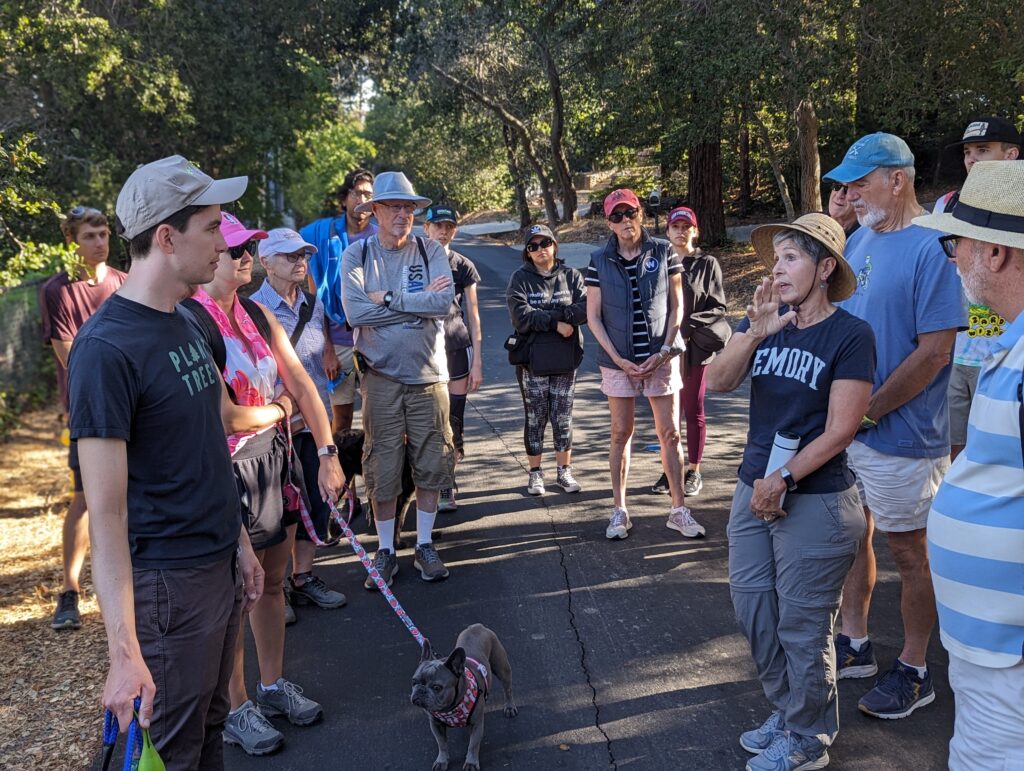
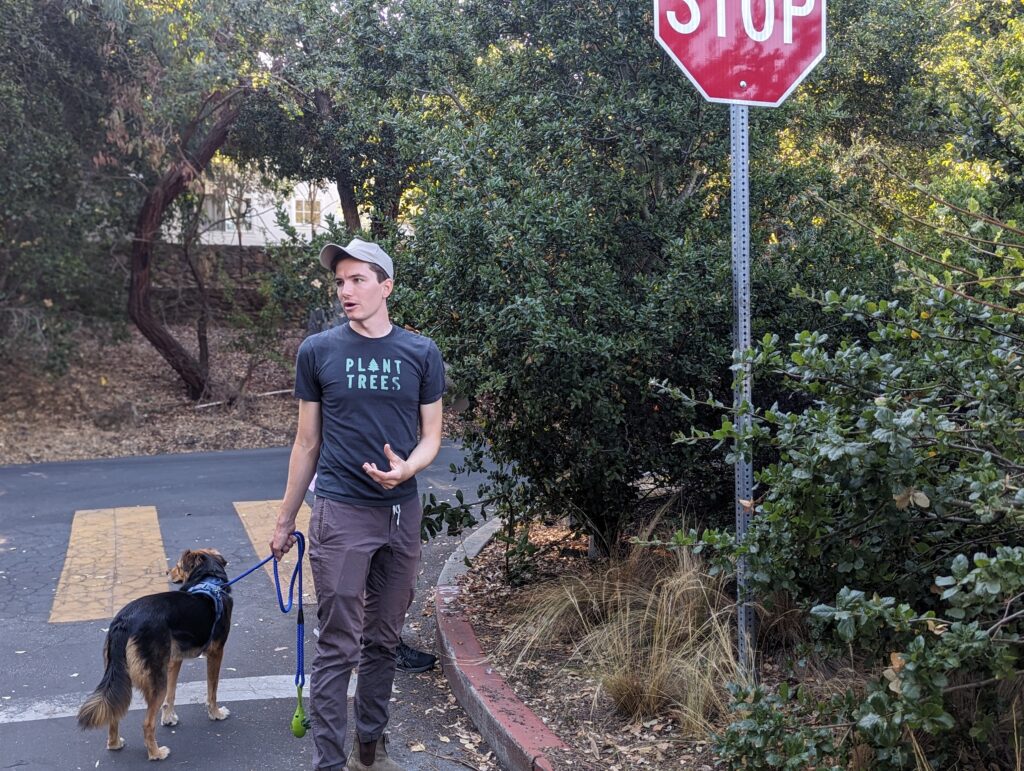
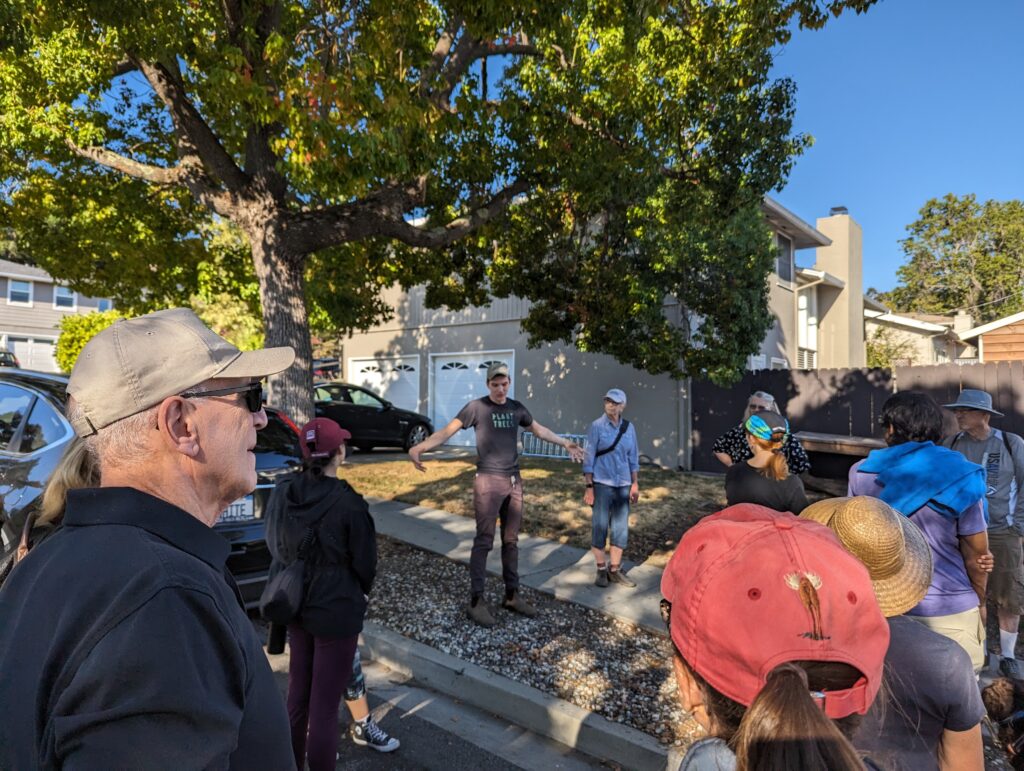
Discovering Unique Trees
As the tour continued, Biddle introduced the group to various tree species, each with its unique story. The Shetalpa, a compact tree, was discussed for its ability to stay small and vibrant, even in drought conditions. On the other hand, the Golden Penda, native to southern Queensland, captivated the group with its beautiful yellow flowers and easy pruning requirements.
The discussion then shifted to the urban forest of the past versus the future. The Camphor tree, found at the corner of Mitchell and Sterling, was noted for its preference for a wet climate. Unfortunately, this species has become invasive in Southern Florida, showcasing the importance of understanding and protecting the local environment.
The Southern Live Oak, with its tight and compact structure, stood out as a resilient species suited for Redwood City’s drier climate. These trees boast strong taproots in their youth and exhibit resistance to disease and drought, ensuring their longevity.
Honoring Cultural Significance
The importance of native and climatically relevant species cannot be overstated. Many such trees can handle turf and contribute to the local environment’s sustainability. The oleander, with its cultural significance and resilience, was paid homage during the tour.
The California Bay Laurel, a cultivar of the regular bay laurel, was recognized for its drought tolerance and unique leaf characteristics. These laurels can reach heights of up to 40 feet, adding grandeur to the local landscape.
A Taste of the Mediterranean in Redwood City
The Arbutus tree, native to the southern Mediterranean, was discussed. These shrubs thrive in well-drained soil and are a favorite among hummingbirds. Their presence adds a touch of exotic beauty to Redwood City’s urban forest.
Sustainable Practices
Low-water flowers like Lantana were highlighted as part of Redwood City’s commitment to sustainable landscaping. Calscape, a great online resource, was introduced as a valuable tool for gardeners looking to make environmentally conscious choices and identify native plants suitable for their locations.
The tour also touched upon the essential distinction between topping and pollarding, two tree pruning techniques that have a significant impact on a tree’s growth and health.
Connecting with the Environment
Black sage, the only native sage in Redwood City, was celebrated not only for its fragrant scent but also for its ecological significance.
As the group reached the end of the tour, they encountered a naturally decayed Monterey pine. Although it had reached the end of its life, the tree continued to serve a crucial purpose as a “bug hotel,” housing a variety of insects. It was a poignant reminder of the interconnectedness of life and the value of preserving trees in various stages of their existence.
The tour concluded at Stulsaft Park, known for its serpentine soil and actively managed plant life. The guided exploration into this vibrant ecosystem left participants with a profound appreciation for the natural wonders found within Redwood City.
In the capable hands of James Biddle and the dedicated team at CityTrees, this educational tree tour was a reminder of the importance of respecting, preserving, and learning from the trees that grace our urban environments. Redwood City’s urban forest is not just a collection of trees; it’s a living testament to the delicate balance between nature and the city’s vibrant community. It is a reminder that we all play a part in nurturing and protecting our precious green spaces.